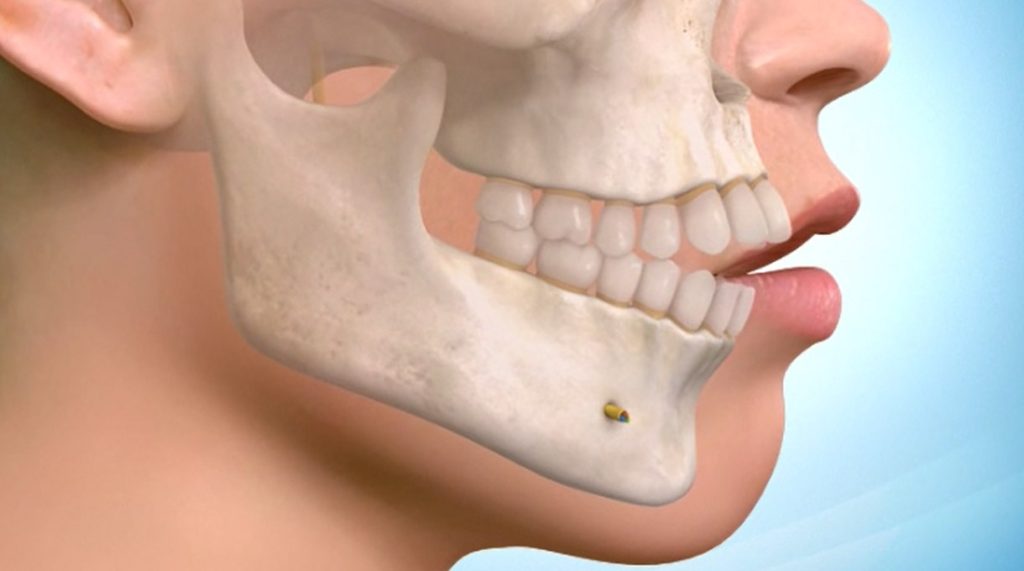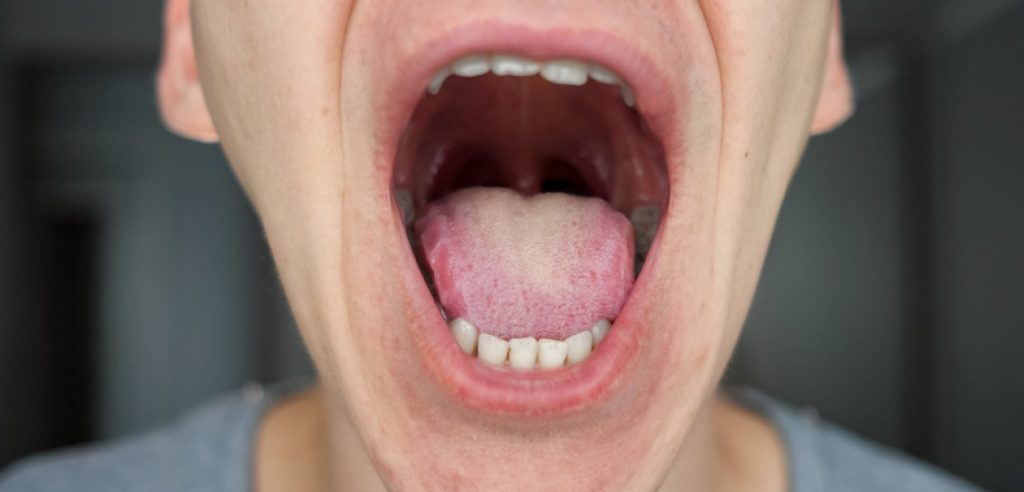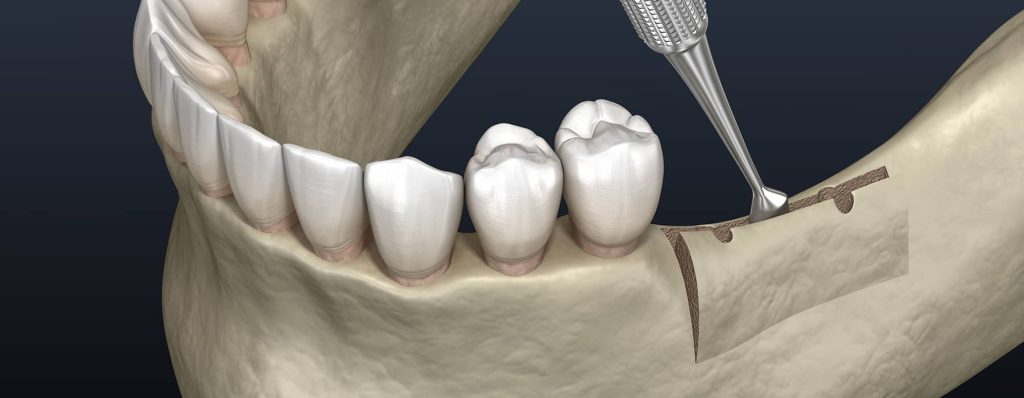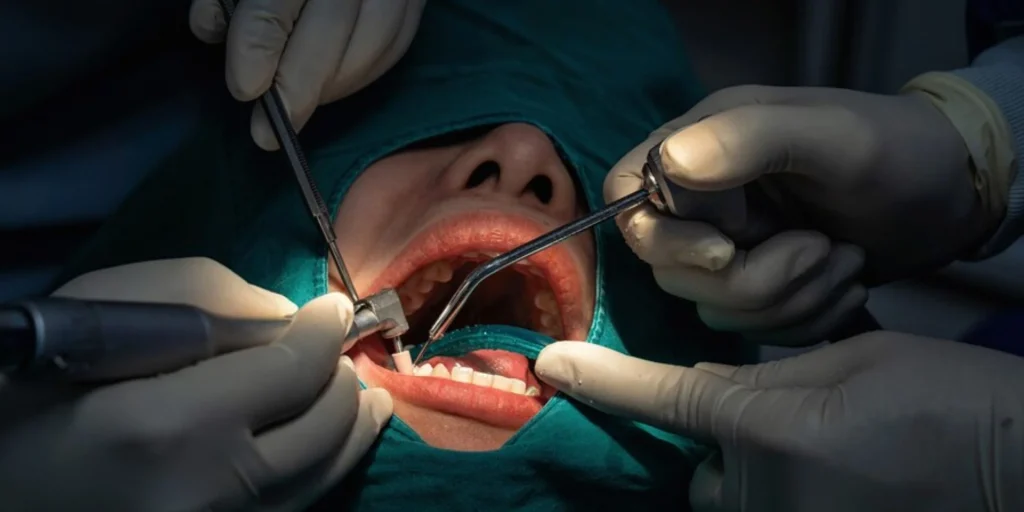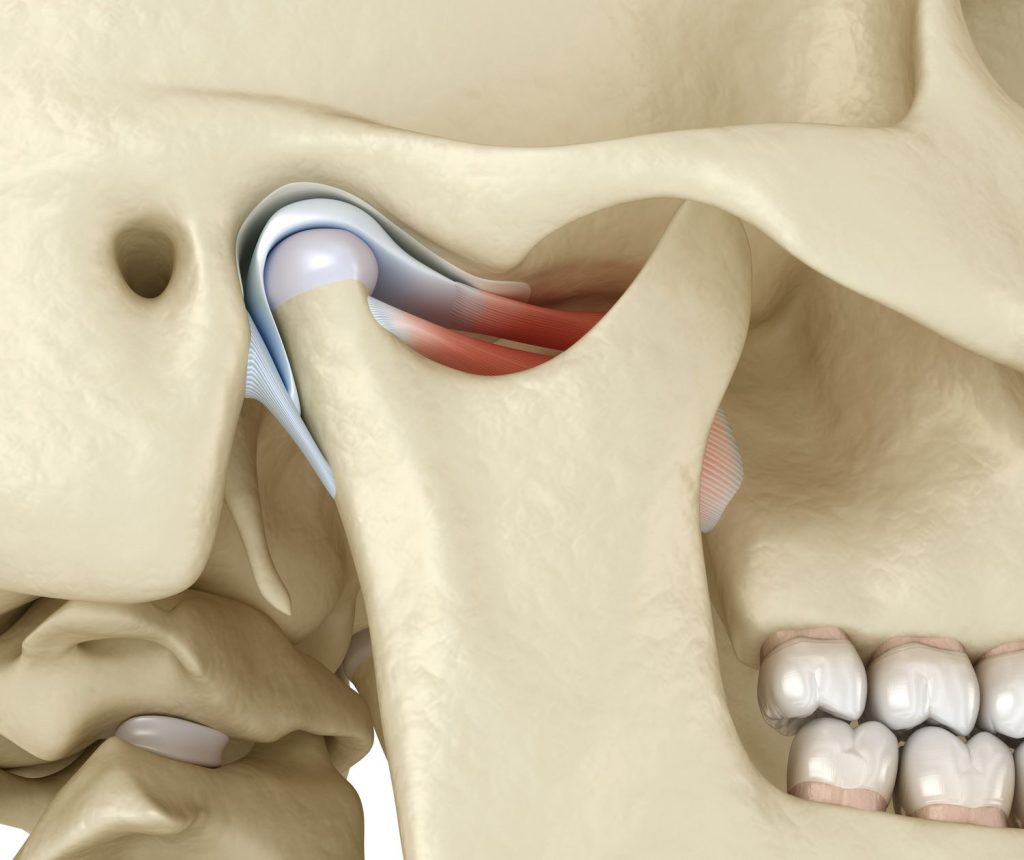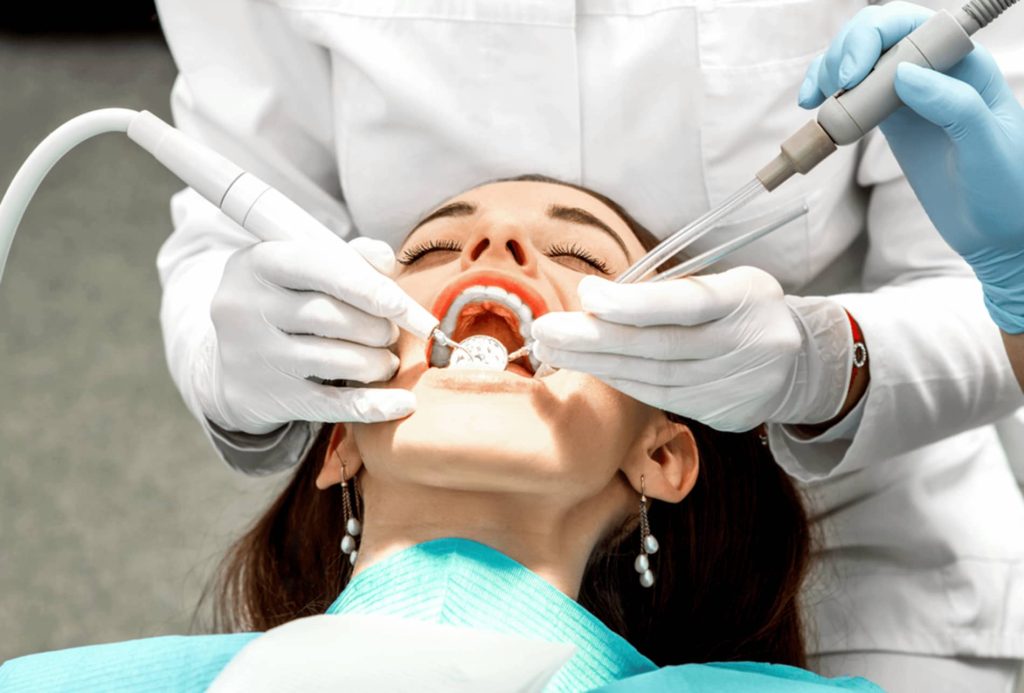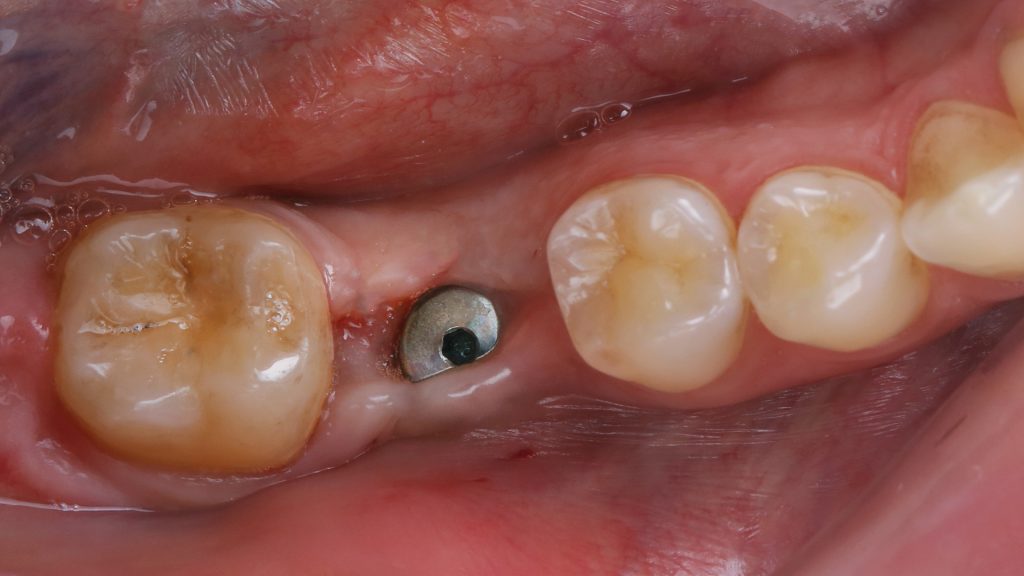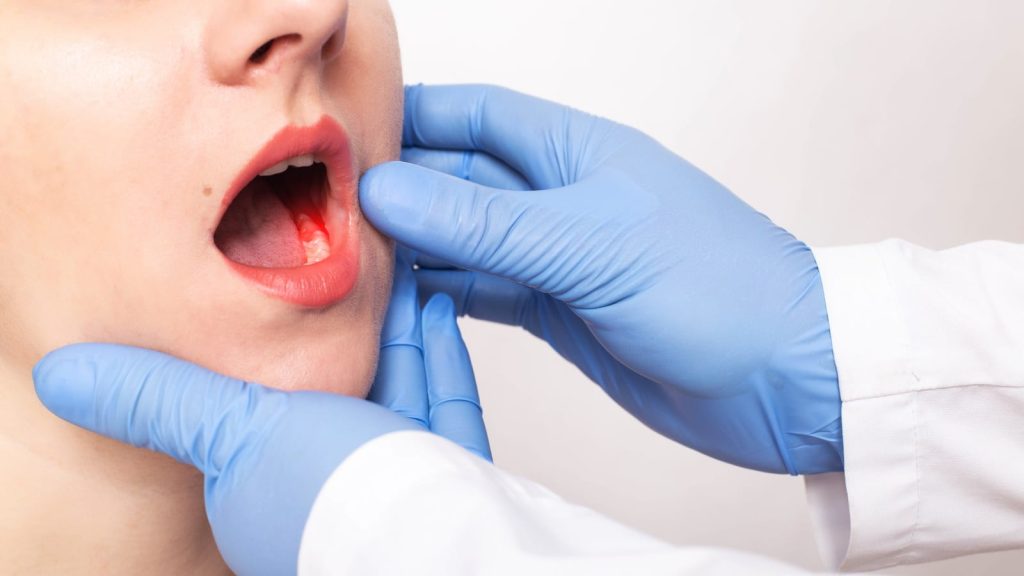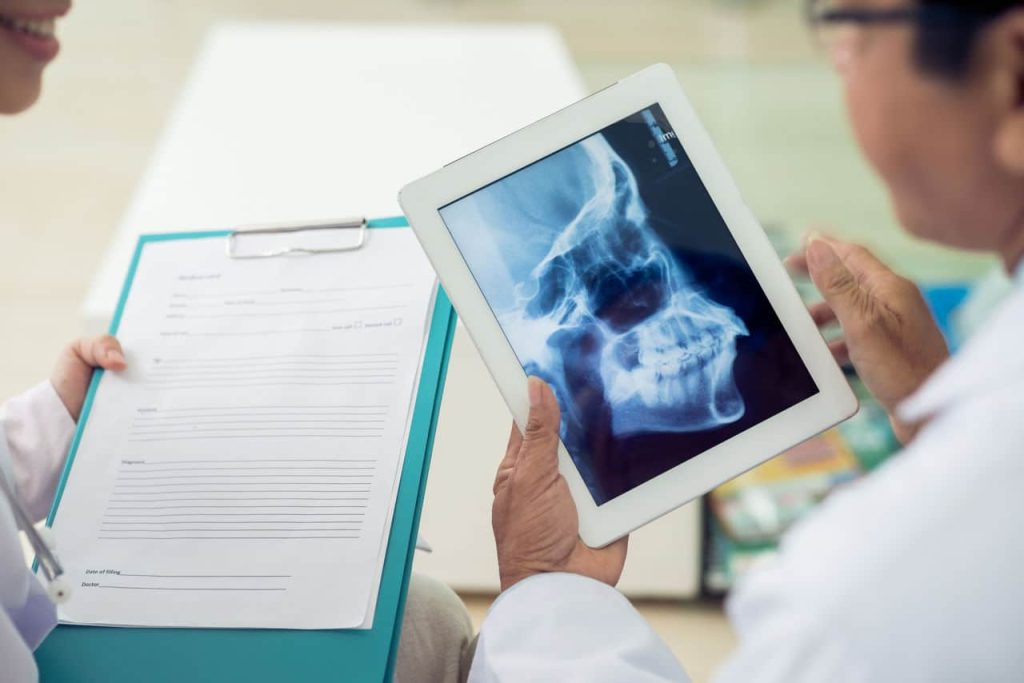Risks and Benefits of Orthognathic Surgery
Orthognathic surgery often raises curiosity because it blends functional correction with aesthetic improvement, and understanding its risks and benefits helps patients build realistic expectations while navigating an emotionally complex decision that affects long-term comfort, facial balance, and daily wellbeing. Why Do People Consider Orthognathic Surgery? People consider orthognathic surgery when jaw alignment affects daily comfort…
Read more

